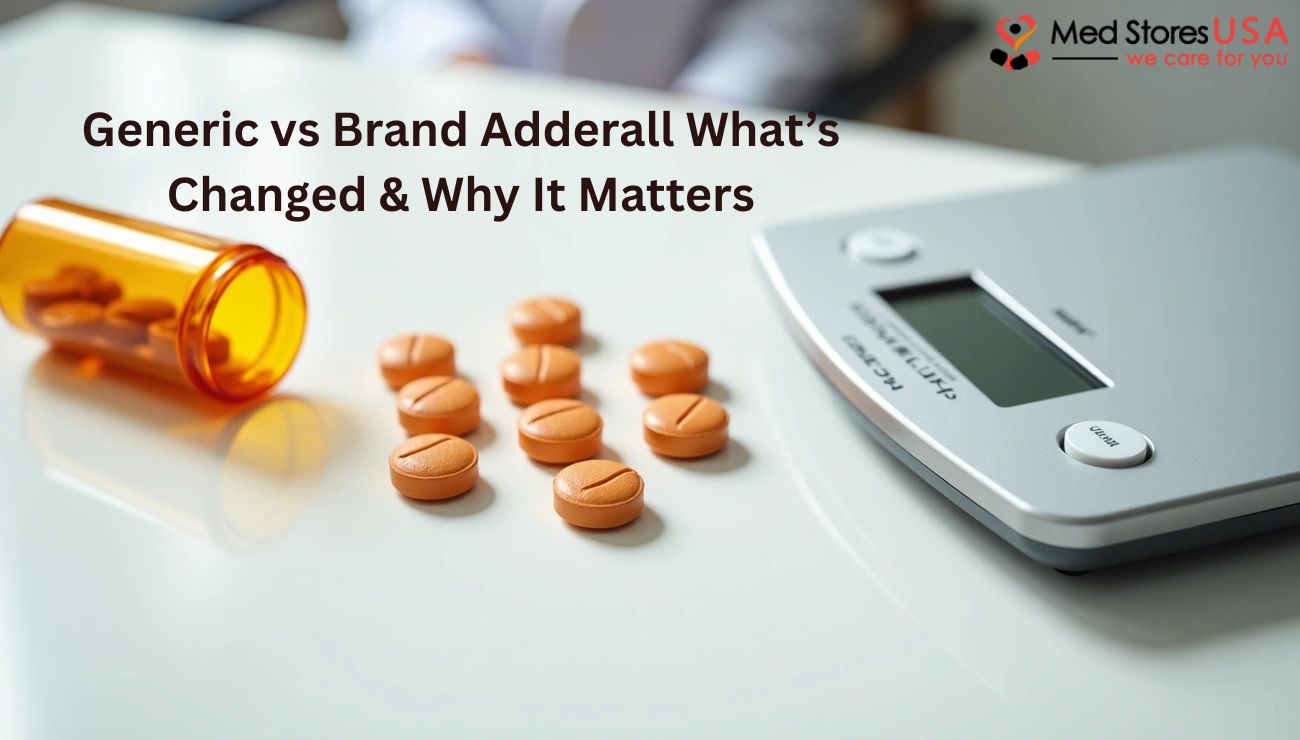Discount Tramadol for Chronic Pain Compare Prices & Save Today
Chronic pain affects millions of people worldwide, impacting daily activities and overall quality of life. For many, Tramadol offers reliable relief by targeting both moderate and severe pain. As the cost of prescription medication rises, patients are increasingly looking to buy Tramadol online at discounted prices. By comparing verified pharmacies and reputable platforms, you can ensure both affordability and safety when managing chronic pain.
The purpose of this guide is to help readers make informed decisions about purchasing discount Tramadol safely, learn where to buy Tramadol online without a prescription, and discover practical ways to save money while maintaining quality care.
Understanding Tramadol: A Safe Solution for Chronic Pain
Tramadol is a centrally acting opioid analgesic that alters how your brain perceives and responds to pain signals. It’s widely prescribed for patients suffering from chronic pain conditions such as arthritis, fibromyalgia, back pain, and post-surgical discomfort. Unlike stronger opioids, Tramadol has a lower potential for dependency when used responsibly under medical guidance.
For individuals managing long-term pain, ordering Tramadol online can provide convenience and access to affordable treatment options without frequent pharmacy visits.
Why People Choose to Buy Tramadol Online
The shift toward digital healthcare has made it easier than ever to order Tramadol online. Patients often turn to trusted e-pharmacies like medstoreusa.com for fast delivery, transparent pricing, and flexible payment methods. Online shopping also provides discretion and privacy, especially for users seeking Tramadol without a prescription.
Many online platforms offer genuine FDA-approved Tramadol products, allowing customers to purchase in bulk or refill easily. Always ensure that the pharmacy you choose has verified certifications and secure payment systems.
Comparing Prices: How to Find Discount Tramadol
Price comparison is essential when purchasing medications online. Not all pharmacies offer the same rates or shipping options. Reliable price comparison sites can show the cost per tablet, discounts, and delivery charges from multiple verified suppliers.
When you buy Tramadol online, consider:
Checking dosage options (50mg, 100mg, or extended-release tablets)
Comparing total cost, including shipping
Looking for active coupon codes like SAVE10 on medstoreusa.com
Reading verified reviews to confirm product authenticity
By taking these steps, you can save money and still receive high-quality medication that meets your pain management needs.
Where to Buy Tramadol Online Safely
Choosing the right source is crucial. To avoid counterfeit products, always purchase from trusted pharmacies with proper certification and customer support. Platforms like medstoreusa.com provide a seamless checkout process, detailed dosage information, and express delivery options, including overnight and FedEx shipping.
Before placing an order, verify that:
The website has SSL encryption for secure payment.
The product labeling matches FDA-approved versions.
The pharmacy provides customer support or tracking options.
Buying Tramadol online safely ensures both your health and peace of mind.
Ordering Tramadol Online Without a Prescription (No Rx)
Many patients wonder if they can order Tramadol online no Rx. Some licensed online pharmacies offer consultations or digital assessments to approve your medication request. Others allow Tramadol purchase without a prescription through certified suppliers following telehealth evaluations.
If you choose a no prescription (No Rx) platform, confirm that:
The pharmacy operates within U.S. regulations.
It clearly lists medication details, including side effects.
It maintains customer confidentiality and shipping discretion.
This approach helps individuals access Tramadol for chronic pain while maintaining responsible medication use.
Delivery Options: Fast Shipping & Discreet Packaging
One of the major advantages of purchasing medications online is fast delivery. Reputable suppliers offer overnight or 2-day delivery services via USPS or FedEx, ensuring your order arrives quickly and securely. Discreet packaging protects your privacy, especially for sensitive medications like Tramadol.
By selecting express delivery options, you can manage your pain relief schedule without interruptions or long pharmacy wait times.
Benefits of Buying Tramadol Online
There are several advantages when you buy Tramadol online, including:
Cost Efficiency: Online pharmacies often offer bulk discounts.
Accessibility: Order from home without visiting a doctor.
Discreetness: Your personal and medical information remains private.
Speed: Express shipping ensures timely delivery.
Moreover, many online platforms provide 24/7 support, allowing customers to check order status, refill prescriptions, or speak with a virtual pharmacist.
Tips for Safe Online Tramadol Purchases
To ensure a safe purchase:
Verify the website’s credentials and contact information.
Avoid unrealistically low prices that may indicate counterfeit drugs.
Read verified customer testimonials and look for secure checkout badges.
Use discount codes like SAVE10 at medstoreusa.com for added savings.
Being informed and cautious ensures you receive genuine Tramadol at the best price available.
Managing Chronic Pain Effectively with Tramadol
Tramadol should be used as directed by your healthcare provider. Regular use can help reduce pain and improve quality of life for individuals suffering from conditions like osteoarthritis, neuropathy, or spinal injuries. Avoid mixing Tramadol with alcohol or other central nervous system depressants unless approved by a physician.
Combining responsible use with an affordable purchase strategy—such as comparing online prices—ensures consistent access to effective pain management solutions.
Frequently Asked Questions (FAQs)
Q1. Where can I buy Tramadol online safely?
You can safely buy Tramadol online from verified pharmacies like medstoreusa.com, which offers FDA-approved products and secure payment methods.
Q2. Can I order Tramadol online without a prescription?
Yes, some telehealth platforms and certified pharmacies allow patients to buy Tramadol online without a prescription after a brief medical consultation.
Q3. How fast is Tramadol delivery?
Most reputable online pharmacies provide overnight or 2-day shipping through USPS or FedEx for quick delivery to your doorstep.
Q4. Are online Tramadol purchases safe and legal?
Yes, as long as you order from verified and licensed pharmacies that comply with U.S. regulations. Always check for SSL protection and genuine medication labeling.







